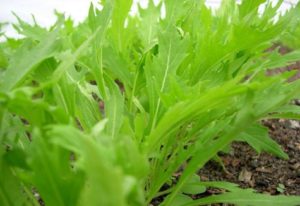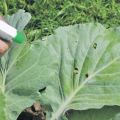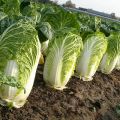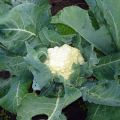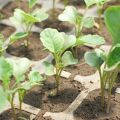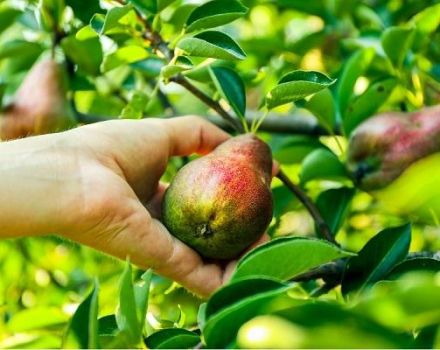Is it possible to mulch cabbage with cut grass
In the summer heat, unprotected soil warms up to 55-75 degrees. Overheating of the soil is especially dangerous for cabbage, because its large leaves emit a lot of moisture, which negatively affects the yield. You can save the soil from overheating by mulching.
What is cabbage mulching used for?
Mulching the soil, next to the planted cabbage, largely determines the result of the yield, as well as its damage by pests and overgrowing of the beds with weeds. It also helps to keep the soil loose.
Mulch enriches the soil with nutrients, which favorably affects the nutrition of soil microorganisms and earthworms. These organisms, in the course of their life, improve the structure of the soil, processing mulch and spreading it both along the surface and in depth.
Remember! In specialized stores, vermicompost (substances processed by earthworms) is sold for use in growing plants.
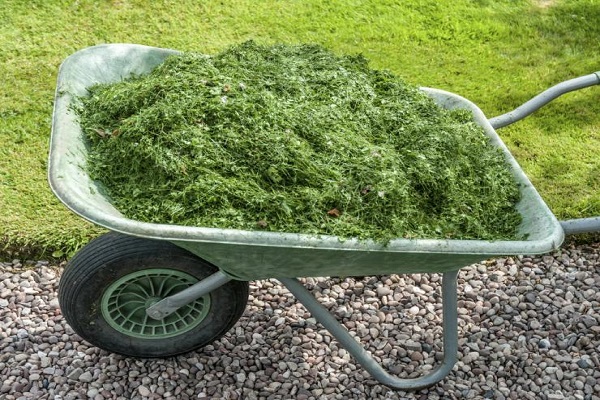
Reducing the number of waterings
Situated on the slopes, with vegetable crops planted on them, during the melting of snow or heavy summer rainfall, suffer from the leaching of the topsoil. To reduce the negative consequences of such an impact of precipitation, soil mulching is carried out.
First, weeds are removed from the site, then the soil is thoroughly watered and loosened. After the top layer dries slightly, mulch is laid.

Note! It is contraindicated to lay mulch on cold ground. This causes fungal infection and rot.
For free air access to the plant, there must be space between it and the mulch being laid. The mulch layer to be laid should be approximately 2-8 cm, depending on the properties of the material used.

Applicable materials for mulching
Mulching cabbage beds and other vegetable plants is carried out using two types of materials: inorganic and organic material. Each of them has both advantages and disadvantages.
Organic mulch stays in the garden for the winter. By spring, the microflora in the ground recycles it into humus. Mulch from inorganic materials is removed in the autumn.
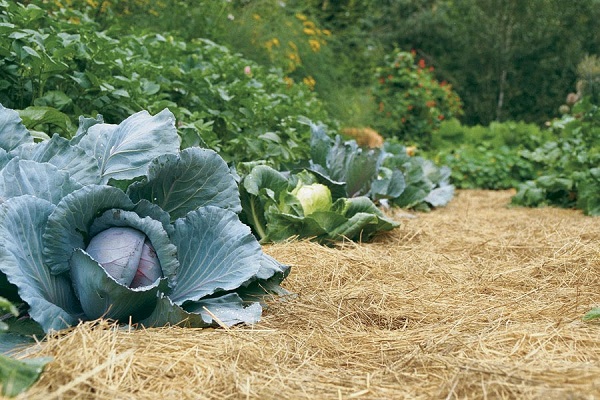
Plant remains
The cheapest and easiest mulching is to use plant residues as mulch. This not only saves money, but also excellent soil protection.As a result of this procedure, an increased yield can be expected, as well as a decrease in the number of possible diseases.
Cut grass or green manures are used to protect cabbage outdoors in the spring after the soil has thawed. The soil is sown with rye, and after warming up to the required temperature, cabbage seeds are sown. Rye laid on top of the beds will protect young plants from the cold and can also create shade.

Is it possible to mulch cabbage with cut grass
After the cabbage sprouts, the rye must be mowed with a hoe and left to dry in the beds. As the rye straw decomposes, the soil will be saturated with nitrogen compounds and serve as protection. If it is not possible to use green manure, then they mow nettles in abandoned areas, or collect grass after mowing lawns or collected after weeding a vegetable garden. As one of the options, straw or hay left over from last year is suitable.
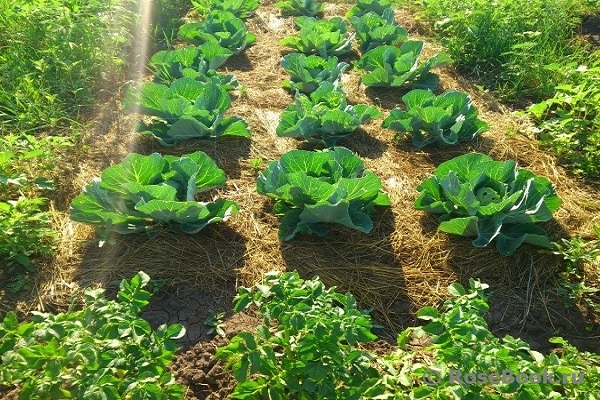
Sawdust
Plants are quite comfortable if mulching the soil with sawdust. This is a natural product. It negatively affects the pathogenic flora - snails, some types of insects, slugs. They especially dislike sawdust from trees covered with needles. Sawdust also absorbs a large amount of moisture, preventing it from evaporating, but at the same time, the water inside contributes to their rapid decomposition.
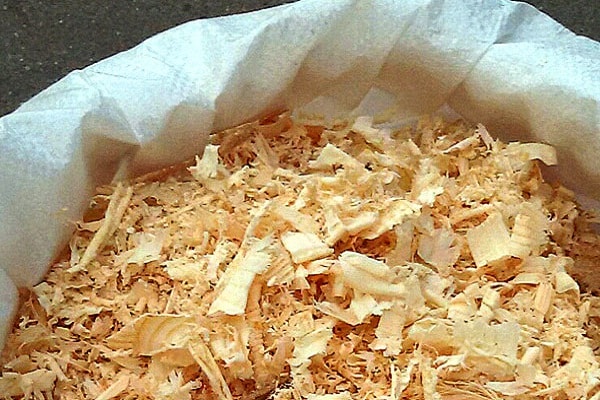
If you buy waste from the woodworking industry, then such mulch will be inexpensive. You can also stock up on it if there are woodlands with numerous dead wood nearby.
Instead of sawdust, you can mulch with cones, needles, wood chips or leaves from the nearest forest. Planted cabbage can also be protected by tree bark. The beds mulched with bark have an interesting decorative look. But its most important advantage is that it does not deteriorate for a long time from weather conditions, and protects the soil from unfriendly microflora.
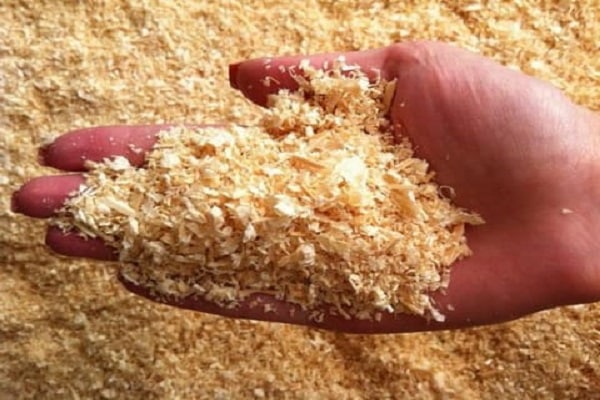
Peat and compost
Peat mulch and compost are considered reliable soil protection. The good news is that if we mulch the soil with these products, they can be left in the beds after harvesting. It is also an inexpensive type of processing and is suitable for any vegetable garden or orchard.
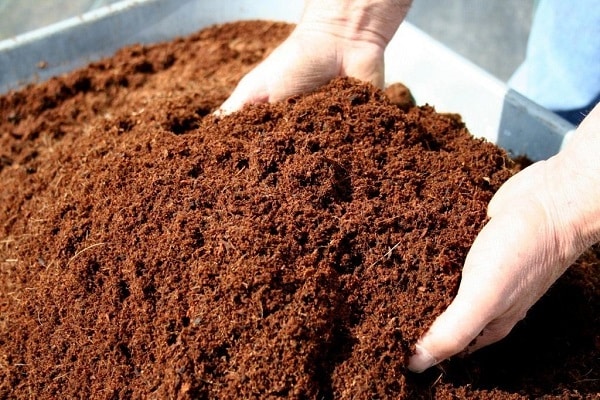
Feature of inorganic mulch
A plastic wrap is used to protect the soil. The primer can be covered with either transparent or black film. The dark film is placed on the beds before cabbage is planted in the spring. It is covered with soil for 2-4 weeks. In addition to warming up the soil, the film prevents weeds from growing. Before planting cabbage seedlings, the film is removed.
The transparent version of the film is used in the summer. The beds are thoroughly watered beforehand, and then it is laid out in the aisles and fixed. While the film is on the beds, weeds will not appear. The disadvantage is its fragility. After a few weeks, it starts to deteriorate.
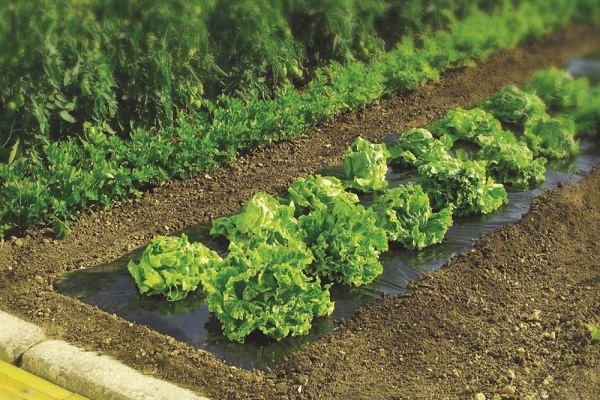
When using inorganic covering materials, plastic bottles are used to ensure the irrigation regime. To this end, the bottle is dug in with the cork down, next to the plant, and liquid is poured into the cut bottom.
Nonwovens for covering soil
In addition to film coating materials, other types are also used:
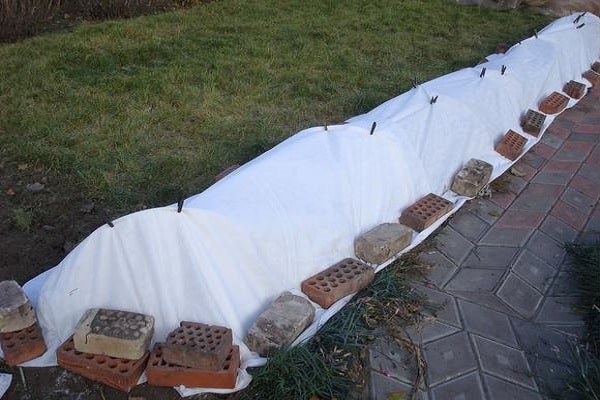
- More durable than conventional polyethylene - lutrasil.
- Materials made from propylene yarns by bonding by heat treatment (agrospan, spunbel, spunbond). The service of such materials can last about 2-4 years.
- In some cases, expanded clay, stone or crushed stone are used. Their disadvantage is that they interfere with the processing of the soil near the plants.
- Ordinary cardboard helps well in soil protection. It is easy to lay it, but if it is a rainy summer, it will quickly turn sour.You can cover the entire garden with them, and then make holes in it for planting cabbage.
- Regular burlap reliably protects the soil. It does not allow the soil to be washed out during irrigation, and also protects it from compaction. The disadvantage is that it dries quickly and requires additional irrigation.
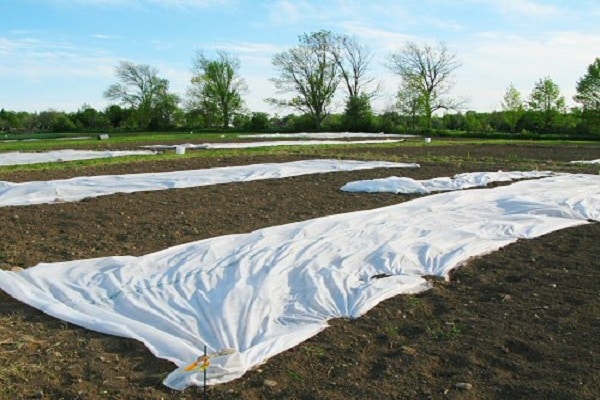
Mulching the soil with film materials requires the organization of watering. To do this, perforated pipes with holes made in them are driven into the soil in the beds.
Pest and weed control
Some types of weed can grow through film shelters, such as horsetail. Therefore, the soil in the beds is treated with herbicides, or the plants are pulled out by hand.
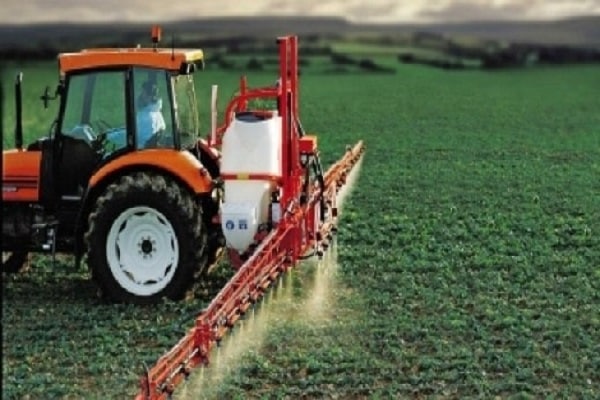
Depending on the type of mulch chosen, insect pests may appear on the beds. This is especially true when cabbage beds are covered with sawdust, straw, hay, or just cut grass. Suitable chemicals are used depending on the type of pest.

